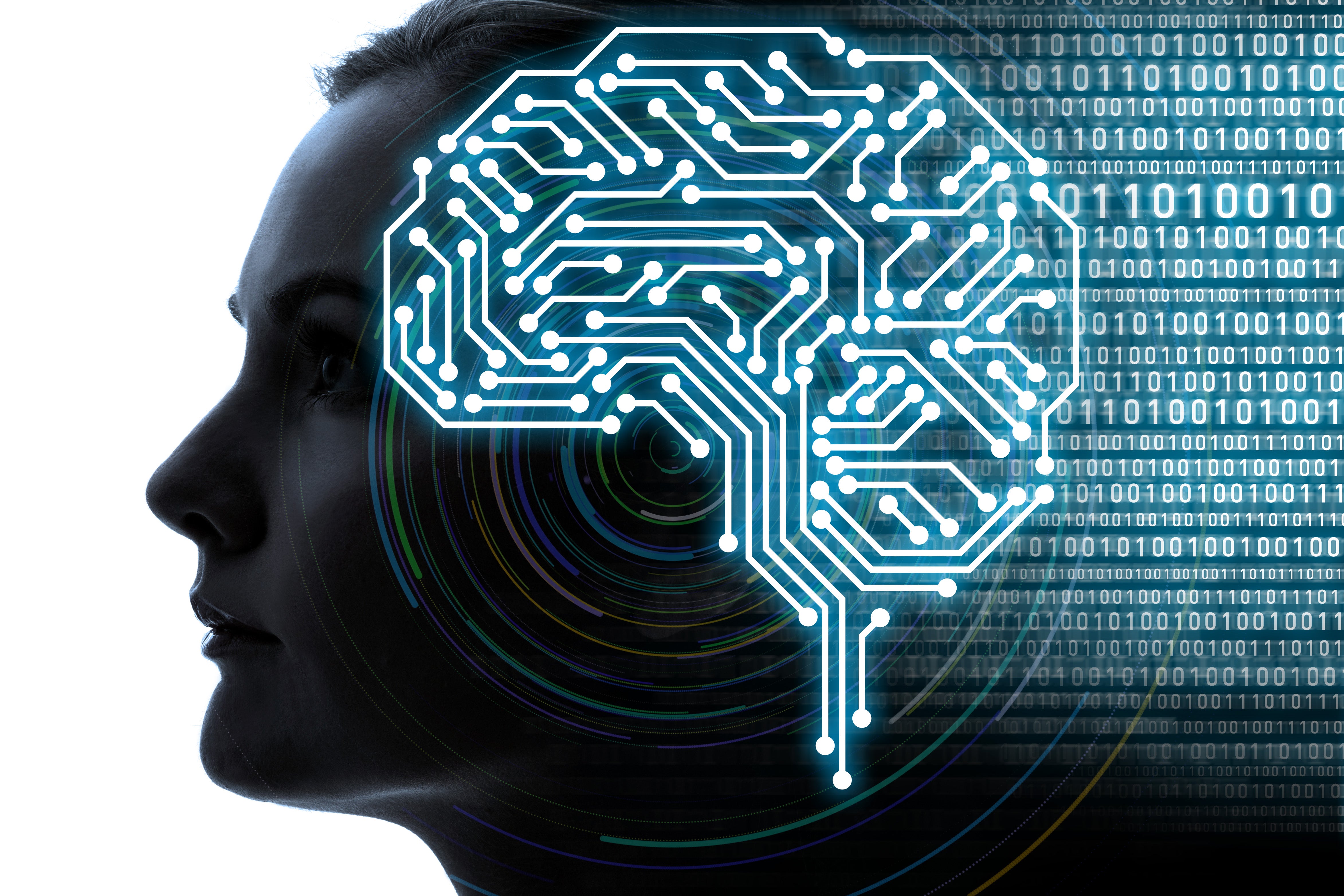The term “nootropic” was coined in the early 1970s, using Greek terms, to describe compounds that act “towards (tropein) the mind (noos).” It has evolved to describe anything that encompasses the ever-growing field of products that claim to positively affect brain function in varying ways, focusing on aspects like memory and creativity.
You may have even heard of nootropics described, in a general sense, as “smart pills,” but there are endless variations and categories of nootropics – not just actual pills, but powders, drinks (both canned and fresh), oils, edibles, even mushroom-based mixes.
A Hapbee wearable, on the other hand, offers a unique, entirely digital nootropic option.
All of which begs the question: do nootropics really work? And if so, which is best?
Nootropic Supplements, Pills, Powders, etc. – Varying Products with Mixed Results
Many nootropic supplements contain ingredients you’ve probably heard of before, like omega-3s, B vitamins, and herbs like ginseng, among many others, some exotic and obscure. These tend to be accompanied by claims that the vitamins, antioxidants, lipids and phytochemicals contained within will improve brain function in some way or another.
Studies have shown varied and at times contradictory evidence about such claims – some have resulted in substantiating a proof of concept, while others have done the opposite, and thus proven those claims to be based, at least for now, on theories. While basic claims about some edibles like berries and fish oils are known to be accurate, simply because they contain antioxidants (thus clearly offer established health benefits), other manufacturer’s claims may turn out to be accurate, but haven’t been scientifically proven.
In addition, some manufacturers have been known to simply take established benefits of a given substance, but rephase them and repackage them, then claim to have made a “groundbreaking” discovery that amounts to simple marketing. For example, you may have read about some remarkable claims being made about a compound known scientifically as 1, 3, 7-trimethylxanthine. Proponents say it can increase alertness, energy, and the ability to concentrate, among various other benefits.
All these claims, as it turns out, are absolutely and demonstrably true. And perhaps that’s because 1, 3, 7-trimethylxanthine is also known by a far more common name: caffeine. You don’t need further scientific study to establish this – you simply need to pour and enjoy a cup of morning tea or coffee.
Hapbee – a Wearable, Digital Nootropic with Established Benefits.
A Hapbee wearable works entirely differently from more conventional ingestible nootropics. Hapbee was developed by our parent company, Emulate Therapeutics, who theorized that by using cutting-edge technology originally developed for the US military, they could not only measure the specific and unique magnetic wave signatures that are emitted by all compounds, but that they could then recreate them in a wearable device. This way, users would turn out to receive quite similar advantages to the same compounds, but have no need to physically ingest them.
But Hapbee doesn’t rely on guesswork. Its technology is specifically aimed at substances that have been scientifically proven to have real effects. From caffeine to nicotine, to CBD, even alcohol, Hapbee actually provides the specific benefits a user seeks, in an entirely digital fashion. Users receive all of the same benefits, while avoiding the side-effects that often accompany the compounds themselves.
Thus, while we acknowledge that Hapbee isn’t the only nootropic option on the market, we strongly believe that Hapbee is inarguably a better option for most people. Give it a try today.



